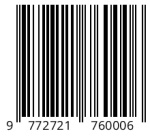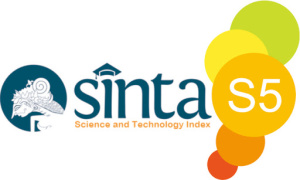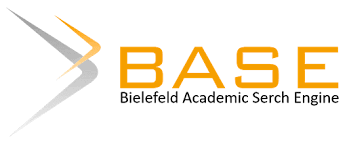IMPLEMENTASI GAME EDUKASI TEBAK GAMBAR HEWAN UNTUK PENDIDIKAN ANAK USIA DINI
DOI:
https://doi.org/10.5281/zenodo.7177522Abstract
One form of entertainment that is familiar and indeed much in demand in our lives is games. Game is an application that is familiar to the community and also early childhood children from all walks of life. However, the development of the game itself is currently still dominated by productions from abroad. In this study the authors chose early childhood children as a sample of game users because considering that children prefer to play games than learn theoretically. From the existing problems, in this study the author built an educational game application so that children can learn while playing.
The purpose of this study is to make it easier for children in the learning process in the form of games and with this educational game guessing the picture of animals, it is expected to improve children's abilities in the learning process. The method used in this study is a data collection method consisting of observation, interviews and literature study, for the game making tools used are Evensheet sprites which have been provided with construct 2. While the random data array serves to change the order of questions in the guessing picture educational game application. animal.
From the research above, it can be concluded that the application of this animal picture guessing educational game can make it easier for children in the process of learning to recognize animals on this earth and can train children's mindset to be more critical.
Downloads
Downloads
Published
Issue
Section
License
Authors who publish with the Jurnal Manajemen dan Teknologi Informasi agree to the following terms:
1. Authors retain copyright and grant the journal the right of first publication with the work simultaneously licensed under a Creative Commons Attribution License (CC BY-SA 4.0) that allows others to share the work with an acknowledgment of the work's authorship and initial publication in this journal.
2. Authors are able to enter into separate, additional contractual arrangements for the non-exclusive distribution of the journal's published version of the work (e.g., post it to an institutional repository or publish it in a book), with an acknowledgment of its initial publication in this journal.
3. Authors are permitted and encouraged to post their work online (e.g., in institutional repositories or on their website) prior to and during the submission process, as it can lead to productive exchanges, as well as earlier and greater citation of published work. (See The Effect of Open Access) .





















